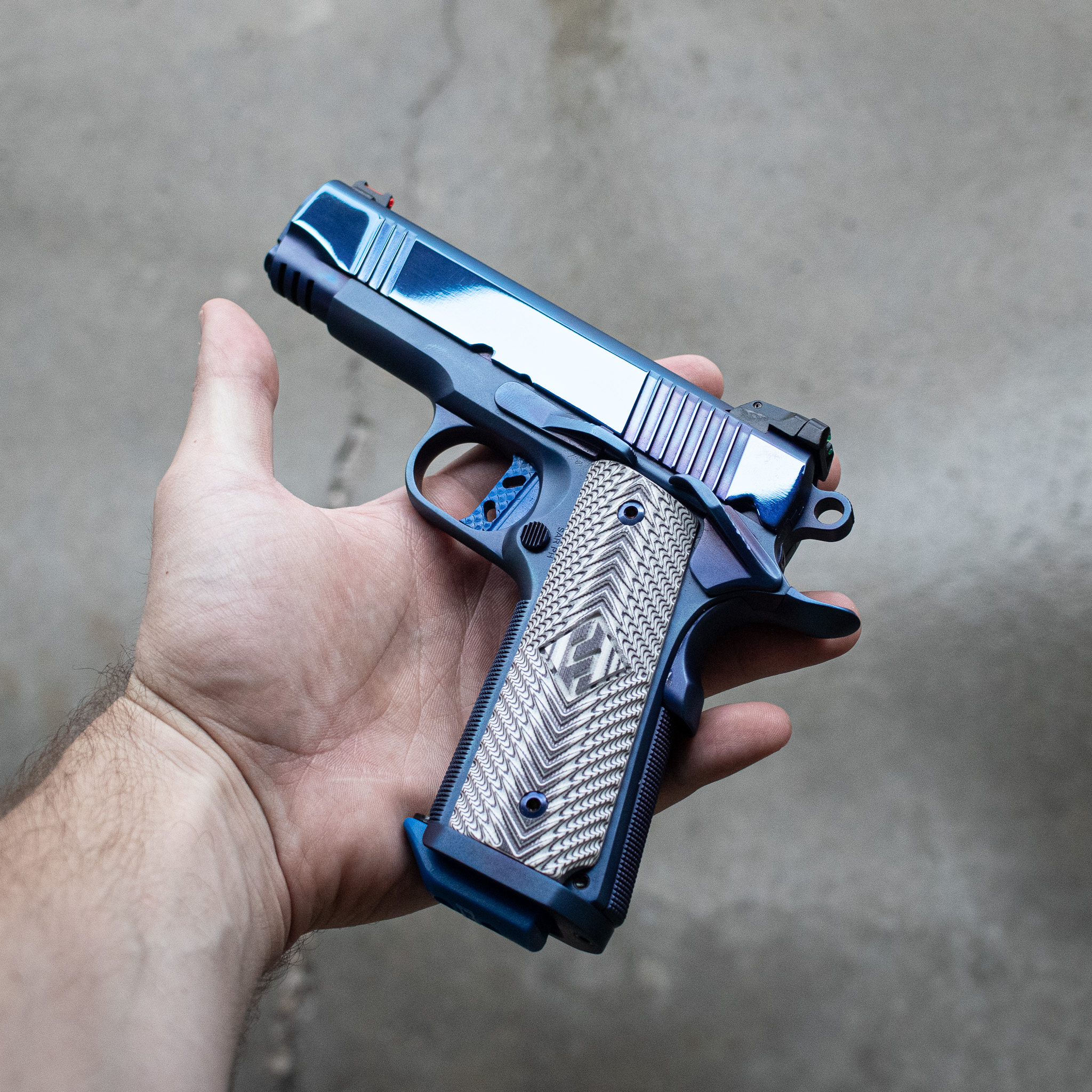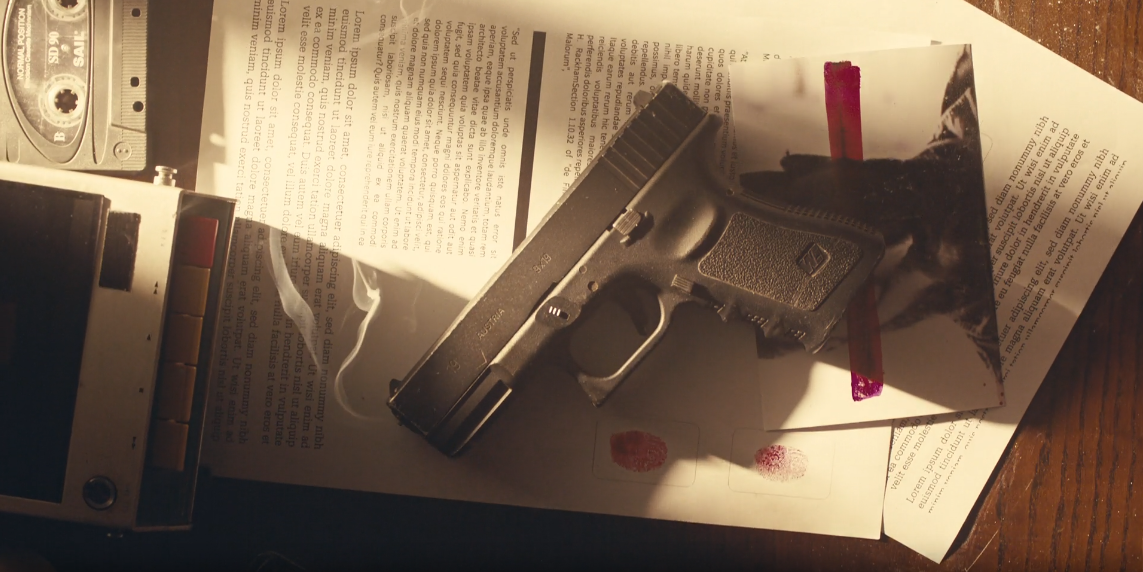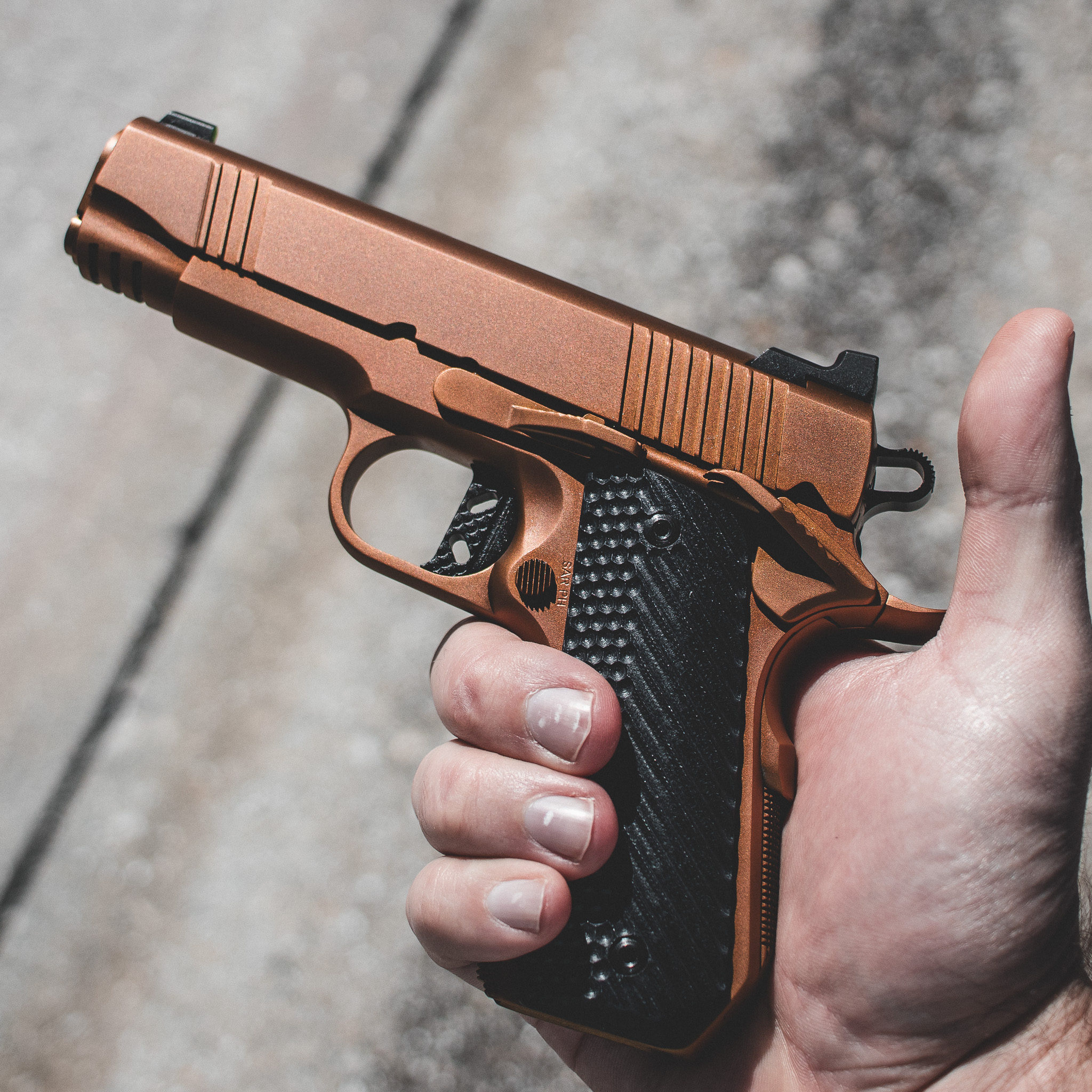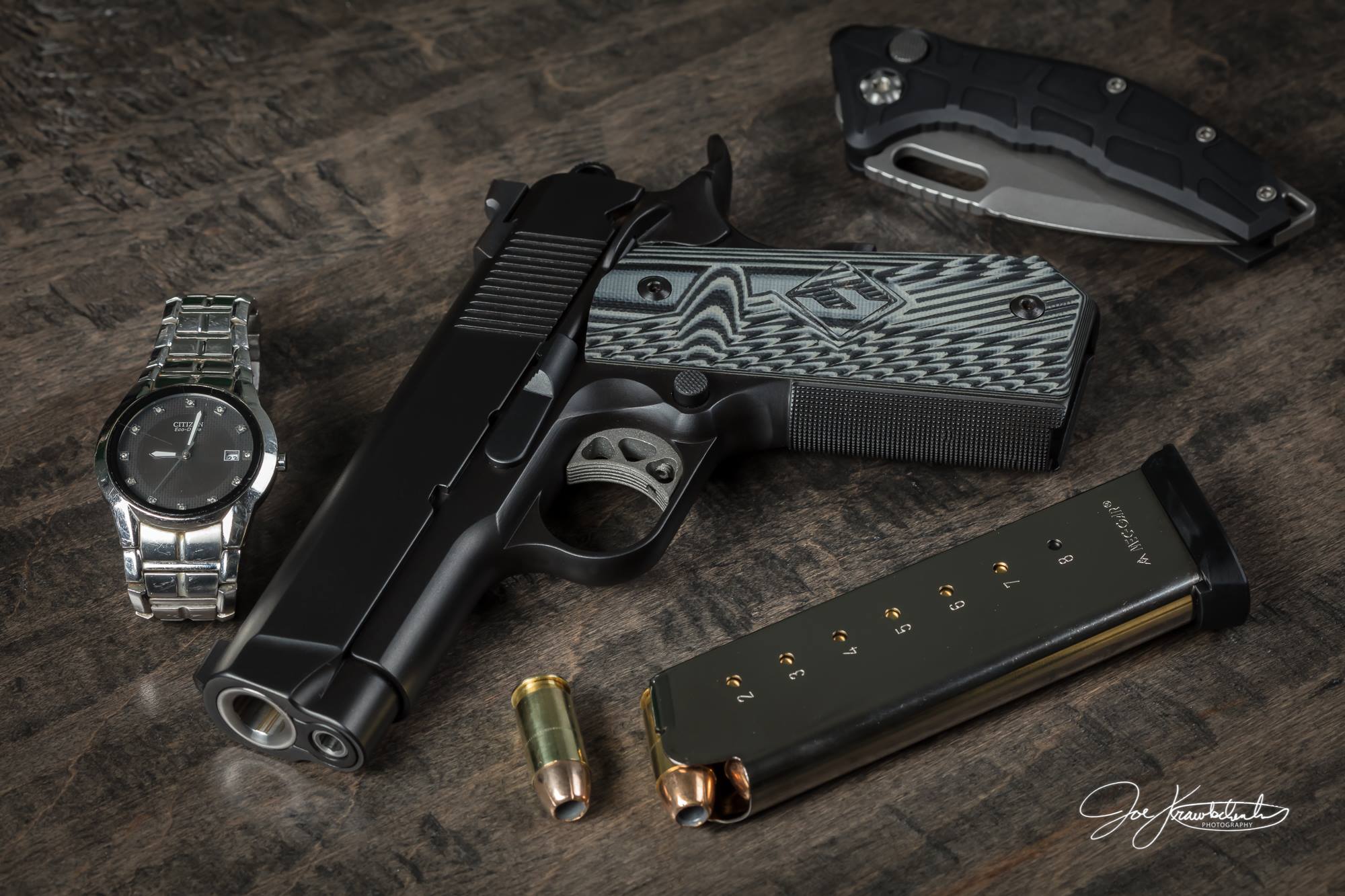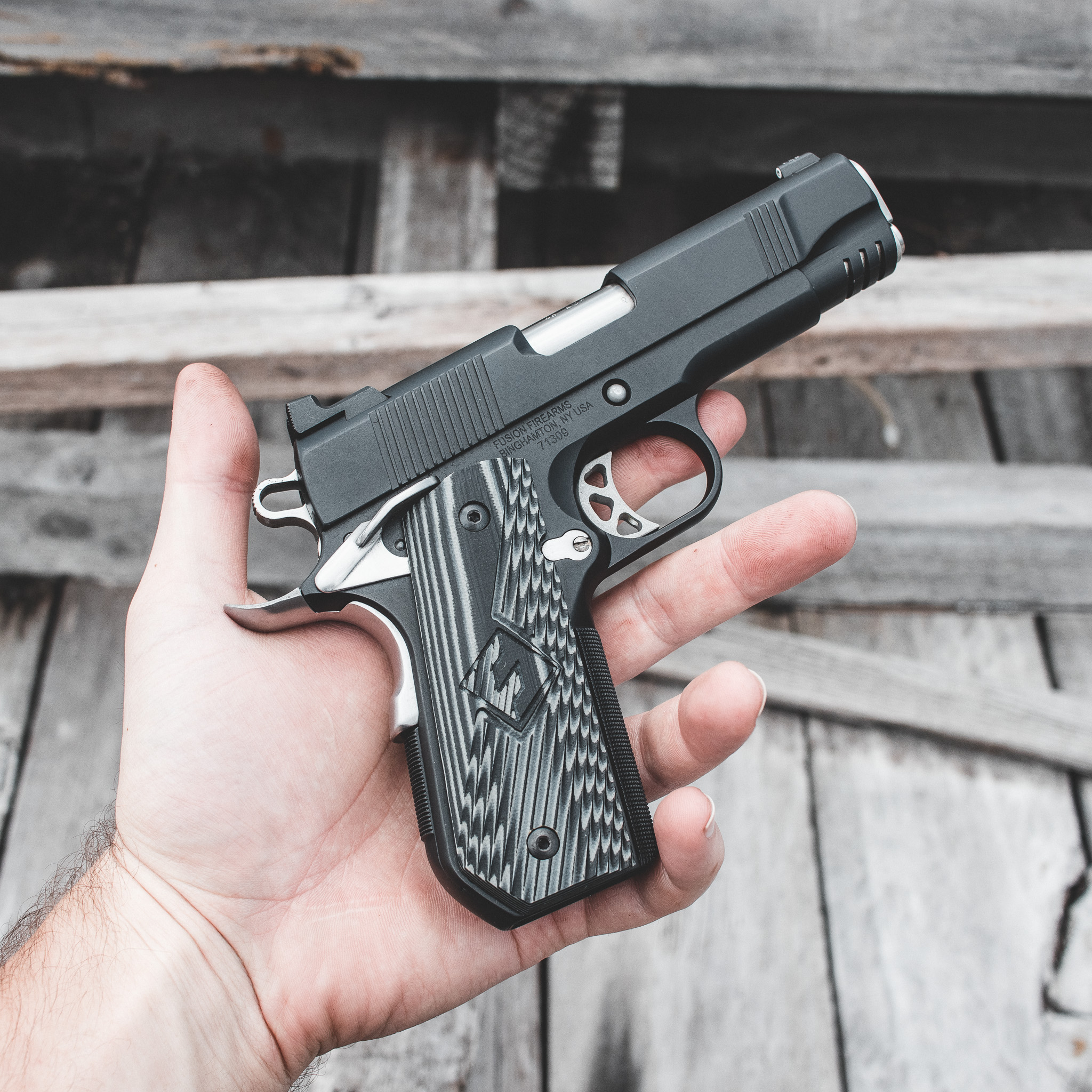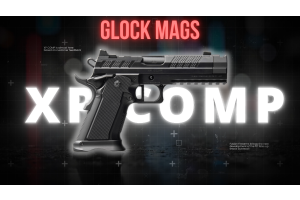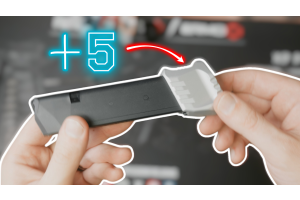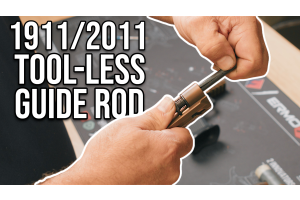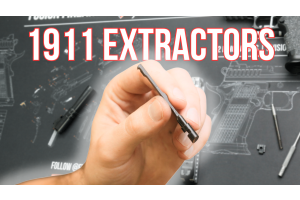Comparing 9mm vs 10mm: Which is the Best Self-Defense Caliber?
0%
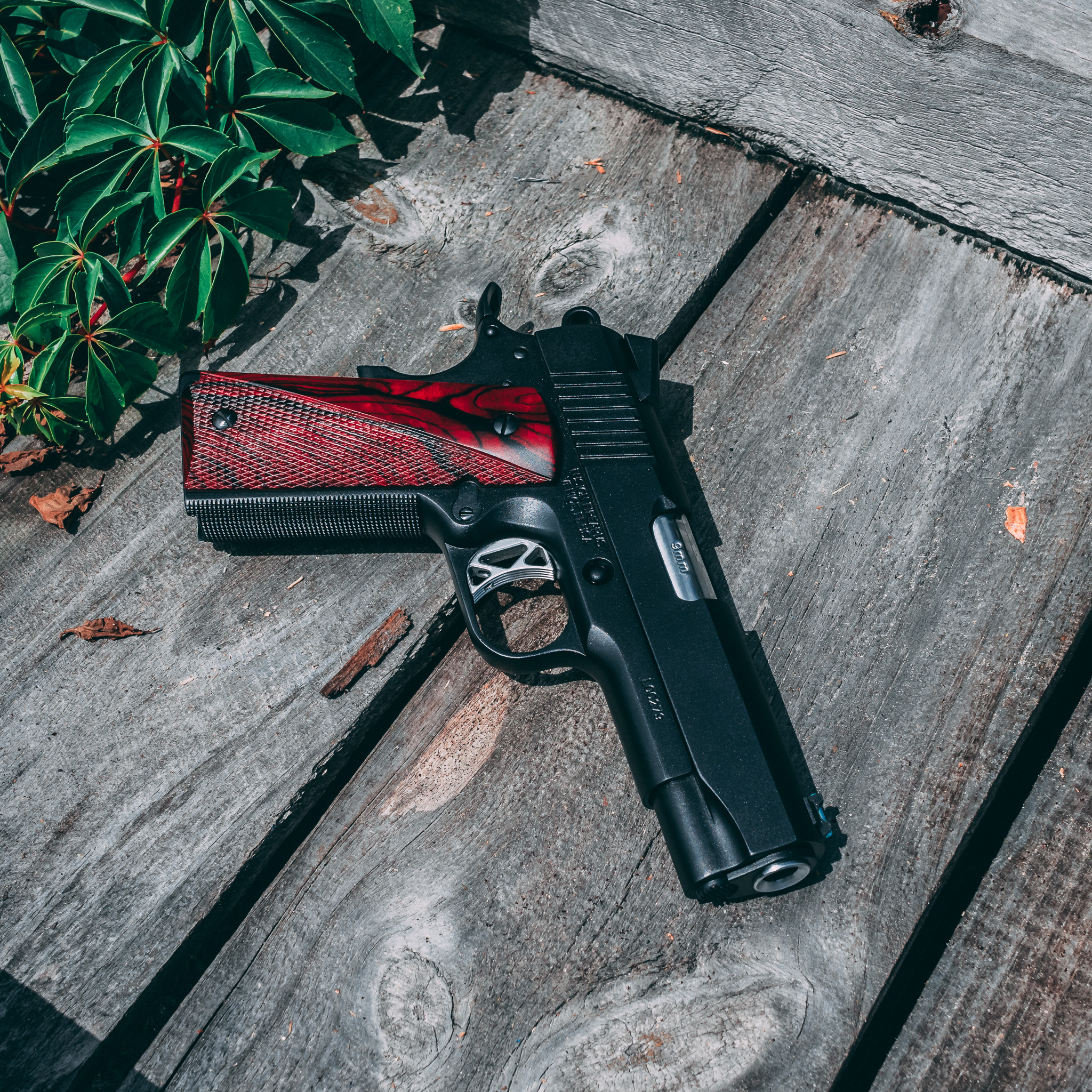
Whether you’re an experienced shooter or a newcomer to firearms, choosing the right caliber for self-defense is a critical decision. The ongoing debate between 9mm vs 10mm handgun cartridges often leaves enthusiasts puzzled. With varying opinions and loads of information available, how can you be sure which caliber is best for your needs? In this article, we delve deep into the world of 9mm vs 10mm cartridges, comparing their specifications, performance, and practical applications. By the end, you’ll be well-equipped to make an informed decision on the best self-defense caliber for you.
Key Takeaways
-
This article provides a comprehensive overview of the 9mm and 10mm cartridges, including their history, characteristics, capabilities and advantages.
-
Comparing 9mm vs 10mm requires an understanding of bullet diameter & weight. Muzzle velocity & energy. Recoil & shootability. Ammo selection & availability for self-defense or hunting purposes.
-
When making the right choice between these calibers it is important to consider factors such as environment, hazards, power needs and accuracy in high stress situations.
Understanding 9mm and 10mm: A Brief Overview
The 9mm and 10mm cartridges have been popular choices in the firearms world for self-defense and hunting purposes. These handgun cartridges each have their unique history, characteristics, and capabilities. Understanding their origins and development can provide valuable insights into their suitability for different applications.
The Birth of the 9mm
Invented in 1901, the 9mm cartridge quickly gained popularity in military and law enforcement applications due to its low recoil, higher magazine capacity, and ease of handling. Exhibiting less bullet drop at 100 yards compared to other popular handgun cartridges like the .38 Special and .45 ACP, the 9mm became one of the most popular handgun cartridges for semi-auto handguns. As a result, many pistol chambered in 9mm have become widely available and sought after.
Despite being more affordable and widely available than the .45 ACP, it still manages to deliver adequate stopping power for personal defense.
The Rise of the 10mm
Initially developed by Lieutenant Colonel Jeff Cooper, the 10mm Auto cartridge was adopted by the FBI as their new service handgun cartridge following the 1986 Miami Shootout. With a maximum pressure of 44,400 psi, the 10mm is a powerful choice for those seeking more stopping power than the 9mm. However, its heavy recoil led to reduced popularity, as some agents struggled to handle it effectively.
In recent years, the 10mm cartridge has experienced a resurgence, thanks to the discovery of its capabilities by new hobbyists in recreational shooting.
Comparing Cartridge Specifications
When comparing 9mm and 10mm cartridges, it’s essential to consider the following factors:
-
Bullet diameter
-
Bullet weight
-
Muzzle velocity
-
Energy
These specifications play a crucial role in determining the performance and effectiveness of each caliber in various shooting applications.
By understanding their differences, you can make a more informed decision on which caliber suits your needs the best.
Bullet Diameter and Weight
The bullet diameter of a 10mm cartridge is 0.4 inches, while the 9mm has a smaller diameter of approximately 0.355 inches or 9.01 millimeters. The weight of a 9mm bullet varies depending on the specific type and load, with common bullet weights ranging from 115 to 124 grains.
On the other hand, the average weight of a 10mm bullet is approximately 180 grains or 11 grams. These differences in diameter and weight can impact the terminal ballistics and performance of each caliber.
Muzzle Velocity and Energy
Muzzle velocity and energy are other critical factors to consider when comparing 9mm and 10mm cartridges. 9mm rounds typically have muzzle velocities of 1,150-1,200 feet per second (fps) from 4-inch barrels, while +P and +P+ loadings can reach velocities of approximately 1,400 fps.
In contrast, 10mm rounds usually boast muzzle velocities of 1,200 to 1,300 fps. This difference in velocity can influence the effectiveness of each caliber in self-defense situations and hunting applications.
Recoil and Shootability
Recoil and shootability are crucial aspects to consider when choosing between 9mm and 10mm handguns. The impact of recoil on the shooting experience and control can greatly influence your ability to handle the firearm effectively.
By examining the less recoil and shootability of both calibers, you can better understand which option may be more suitable for your needs.
Handling Recoil
The recoil generated by 9mm and 10mm handguns can affect shooting experience and control. 9mm cartridges typically produce a range of 4 to 8 ft-lbs of recoil, while 10mm cartridges generate approximately 10-12 ft-lbs of recoil. Managing recoil effectively is vital for accurate shooting, especially in self-defense situations.
Approximately 80% of recoil management is achieved through proper grip technique, while other methods include using rubber grips, selecting a heavier handgun with a full-size grip, and practicing a two-hand technique to avoid excessive recoil.
Follow-up Shots and Accuracy
The impact of recoil on follow-up shots and overall accuracy is a critical consideration for both 9mm and 10mm calibers. Greater recoil can lead to a longer interval between effective follow-up shots, even among experienced shooters, and may also contribute to the development of a “flinch” that can affect accuracy.
In self-defense situations, accuracy and control are of utmost importance. Thus, understanding how recoil affects your shooting performance can help you make a more informed decision when choosing between 9mm and 10mm handguns.
Ammo Selection and Availability
Ammo selection and availability are important factors when choosing between 9mm and 10mm cartridges. The variety of ammo types, as well as the price and accessibility of each caliber, can greatly influence your decision.
By analyzing the ammo selection and availability for both calibers, you can determine which option is best suited for your specific needs and preferences.
Self-Defense Ammo
Self-defense ammunition options are available for both 9mm and 10mm handguns, with various bullet designs tailored for different applications. Bullet design can influence the efficacy of both calibers for self-defense, affecting factors such as muzzle velocity, energy transfer, and terminal performance. Some of the highest-rated 9mm self-defense ammunition includes Federal Premium Hydra-Shok, Hornady Critical Defense, and Winchester Ranger T, while popular 10mm self-defense ammo options include Buffalo Bore hardcast bullet for bear defense, Hornady 175-grain Critical Duty, and Speer 200-grain Gold Dot.
Hunting Ammo
When it comes to hunting, ammo selection plays a crucial role in determining the effectiveness of your firearm. Both 9mm and 10mm calibers offer hunting ammunition options, with distinct advantages and disadvantages for various applications.
The 10mm cartridge is advantageous for hunting larger or more resilient animals like:
-
Wild boar
-
Bear
-
Mule deer
-
Elk
-
Moose
This is due to the heavier bullets, more durable and with increased energy. Popular 9mm factory ammo for hunting brands include Federal Premium, Remington, Winchester, and Fiocchi, while 10mm hunting ammunition options feature brands such as Buffalo Bore, Hornady, and Speer.
Handgun Options and Concealed Carry
Exploring handgun options and concealed carry considerations is essential when choosing between 9mm and 10mm pistols. The suitability of each caliber for concealed carry, as well as the specific features and benefits of popular handgun models, can greatly impact your decision.
By examining various carry pistol options and concealed carry factors, you can make a more informed choice between 9mm and 10mm firearms.
Popular 9mm Handguns
There are several popular 9mm handgun models available for self-defense and concealed carry, each with its unique features and benefits. Some of the most popular models include:
-
Glock 17
-
Fusion Firearms 1911's
-
Sig Sauer P226
-
Springfield XD
-
Smith and Wesson M&P
These handguns, including the Colt Delta Elite, are renowned for their performance, reliability, and ease of handling, making them ideal choices for those seeking a dependable 9mm firearm for self-defense or concealed carry purposes.
Popular 10mm Handguns
For those seeking a more powerful option, popular 10mm handgun models such as the Fusion Firearms 1911's, Sig Sauer P220 Legion, Smith & Wesson M&P 2.0, and Glock 20 provide a range of features tailored for self-defense and hunting purposes. These handguns offer the increased stopping power of the 10mm cartridge while still maintaining the accuracy and reliability expected from their manufacturers.
Whether you’re looking for a sidearm with more punch for hunting or a powerful concealed carry option, these 10mm handguns are worth considering.
Making the Right Choice: Factors to Consider
Selecting between 9mm and 10mm for self-defense and other applications is ultimately a matter of personal preference, and there’s no one-size-fits-all answer. Factors to consider when making your decision include:
-
The environment in which you will be using the firearm
-
Potential hazards you may encounter
-
The need for additional power
-
The requirement for multiple firearms
Take these factors into account to make the best choice for your needs.
Ultimately, the most important consideration is your ability to shoot accurately and confidently in high-stress situations, as this will greatly impact your effectiveness in a self-defense scenario.
Summary
In conclusion, both 9mm and 10mm handgun cartridges offer unique advantages and disadvantages for self-defense and hunting applications. While the 9mm offers lower recoil and greater ammo availability, the 10mm provides increased stopping power and penetration. By considering cartridge specifications, recoil and shootability, ammo selection and availability, handgun options, and concealed carry factors, you can make a well-informed decision to choose the caliber that best suits your needs and preferences. Ultimately, frequent practice, expertise, and the appropriate selection of ammunition are of significantly greater importance than the determination of the cartridge itself.
Frequently Asked Questions
Is a 10mm really better than a 9mm?
The 10mm is significantly more powerful than the 9mm, with higher muzzle velocity and larger caliber bullets, as well as increased potential for overpenetration. It can even approach velocities of 357 Magnum with equivalent bullet weights depending on the barrel length.
Why does nobody use 10mm?
Given its over-pressured nature, 10mm is not suitable for use in the Glock platform after around 20,000 rounds due to potential blowouts. As police officers often exceed this round count annually, 10mm has become an unpopular choice for both civilian and law enforcement users.
Why did the FBI stop using 10mm?
The FBI stopped using 10mm due to its high recoil, difficulty to train smaller agents and damage to firearms. Despite initially being selected for service after the 1986 FBI Miami shootout, they later concluded that it was too powerful and difficult to handle effectively.
What is a 10mm equivalent to?
The 10mm is a powerful cartridge and is equivalent in power to the 41 Magnum, which surpasses other general pistol cartridges such as 38 Spl, 9mm, 357 Magnum, 40 S&@ and 45 ACP. In terms of size, 10mm is just over 3/8 inch, 11mm is almost 7/16 inch, 12mm is almost 15/32 inch (almost 1/2 inch) and 13mm is just over 1/2 inch.
What are the primary differences between 9mm and 10mm cartridges?
The primary differences between 9mm and 10mm cartridges include bullet diameter, weight, muzzle velocity and energy, with the 10mm offering more power and penetration, making it more suitable for hunting.


